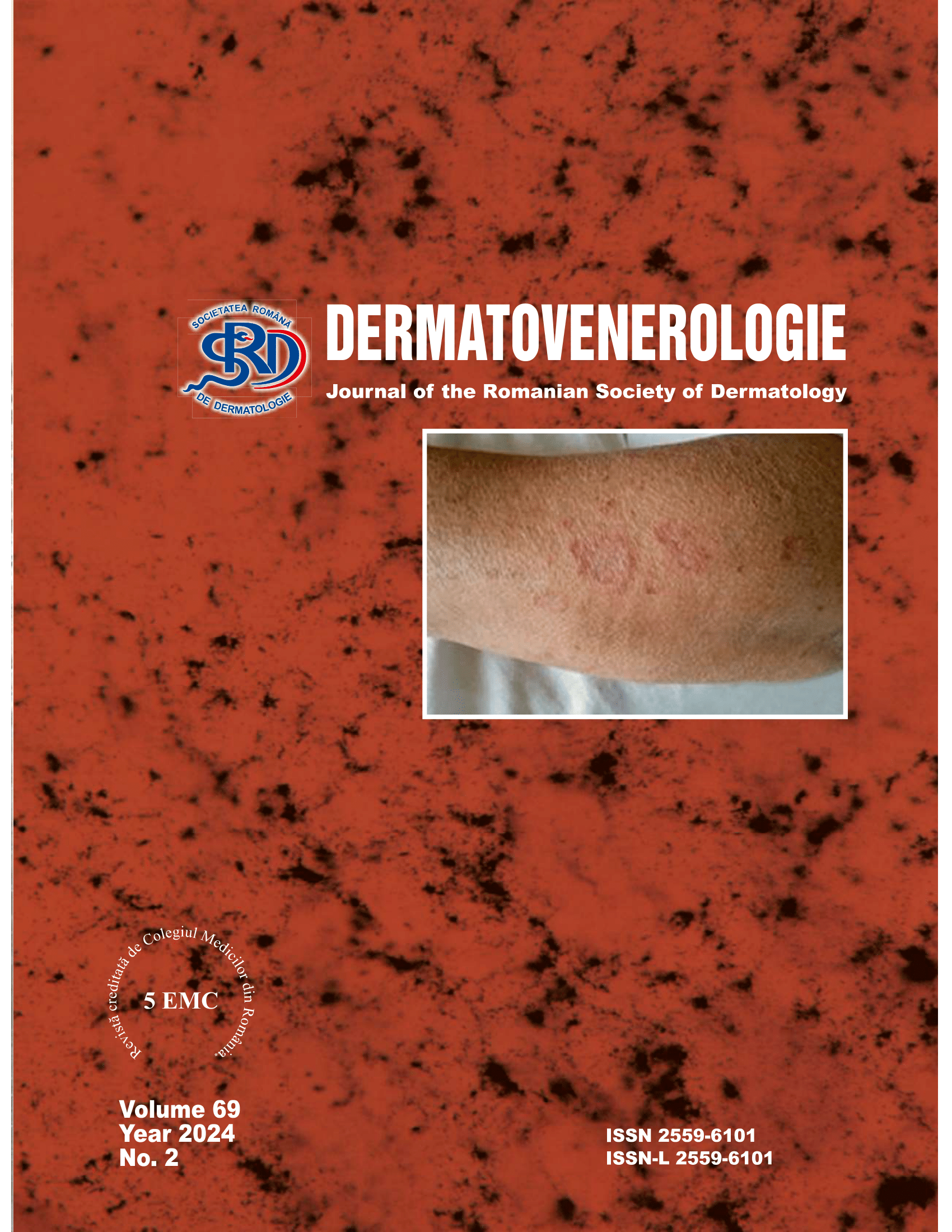Summary
Primary myelofibrosis is a rare blood cancer, causing significant scarring in the blood marrow, with subsequent extramedullary hematopoiesis, splenomegaly, anemia and thrombocytopenia. Current treatment protocols include nonspecific JAK-2 pathway inhibitors as Ruxolitinib and Fedratinib, both being associated with an increased risk of developing secondary non-melanocitary skin cancers, but studies on Fedratinib, approved by the FDA in 2019, the European Comission in 2021 are still lacking. [1]
We hereby present the case of a 68-year-old patient, diagnosed with primary myelofibrosis, referred to our clinic by his dermatologist for multiple progressive skin lesions, encompassing multiple histopathologic types of non-melanocitary skin cancers and premalignant lesions, developed during Febratinib treatment.
The patient underwent surgery for tumor removal and subsequent post excisional defect reconstruction according to the NCCN guidelines. The postoperative evolution was marked by delayed wound healing, prolonged bleeding, wound dehiscence, wound infection and incomplete removal of one of the skin tumors.
The author undergoes a review of scientific articles regarding the suspected cause-effect relationship between Fedratinib therapy and the oncogenesis of non-melanoma skin cancers as well as similar case reports to identify the pathogenesis of premalignant and malignant skin tumors as well as wound healing complications encountered during the postoperative surveillance, underlining the importance of dermatologic examination during Fedratinib therapy.


